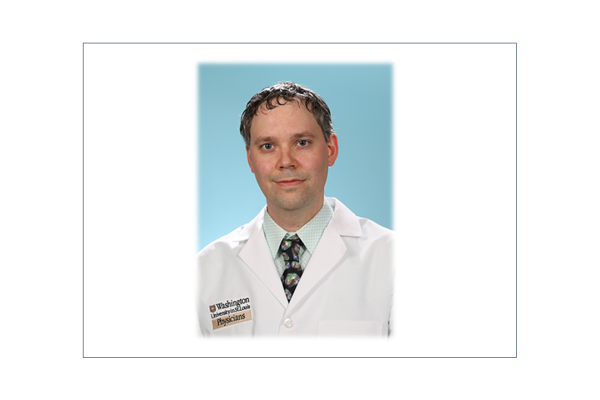
The speaker for the CCBBI fMRI Talk on September 5th is Dr. Matthew Glasser. Dr. Glasser is a neuroradiologist-neuroscientist at Washington University. He has been a part of the Human Connectome Project (HCP) since its inception and continues to lead efforts to build upon its legacy. He developed the HCP Pipelines and mapped the cortical areas of the human cerebral cortex as a part of the HCP. His research focuses on further developing HCP-Style neuroimaging acquisition and analysis methods, neuroanatomical mapping of the human brain, and translating HCP-Style approaches to clinical practice. As a clinician, he leads the pre-neurosurgical mapping efforts of the neuroradiology section’s advanced imaging service, directs neuroradiology informatics, and supervises MRI and CT acquisition at Saint Louis Children’s Hospital, where he practices as a pediatric neuroradiologist.
Title: Updates to the HCP-Style Approach to Neuroimaging
Abstract: The HCP-Style approach to neuroimaging has been rapidly adopted by the community since its development in the mid-2010s. We will discuss some updates to this approach including application to clinical populations, new methodological developments, and future directions. Topics will include improvements in image acquisition and the currently recommended 3T acquisition protocol, cross-subject alignment (including new deep-learning surface-based alignment technologies and multi-modal subcortical alignment), fMRI denoising best practices, with-in study relative quantitative T1w/T2w myelin mapping analyses, new ‘intrinsic” cortical thickness measures, improvements in individual areal parcellation, HCP Pipeline modifications for longitudinal image analysis, multi-modal Imaging Derived Phenotypes, and an NIH endorsed HCP-Style data sharing platform, BALSA (balsa.wustl.edu). These methodological improvements provide the foundation for completing the HCP’s multi-modal atlas of brain areas and adding functional networks and white matter tracts, modern HCP-Style studies of the brain in health and disease, and clinical-translational applications such as Brain Computer Interface targeting.
